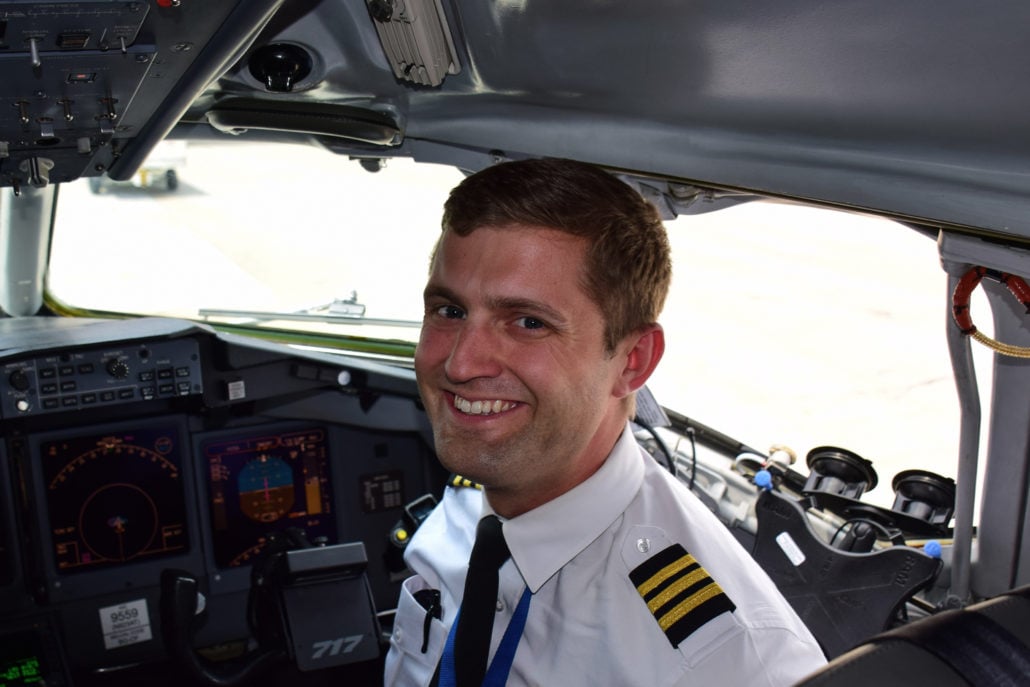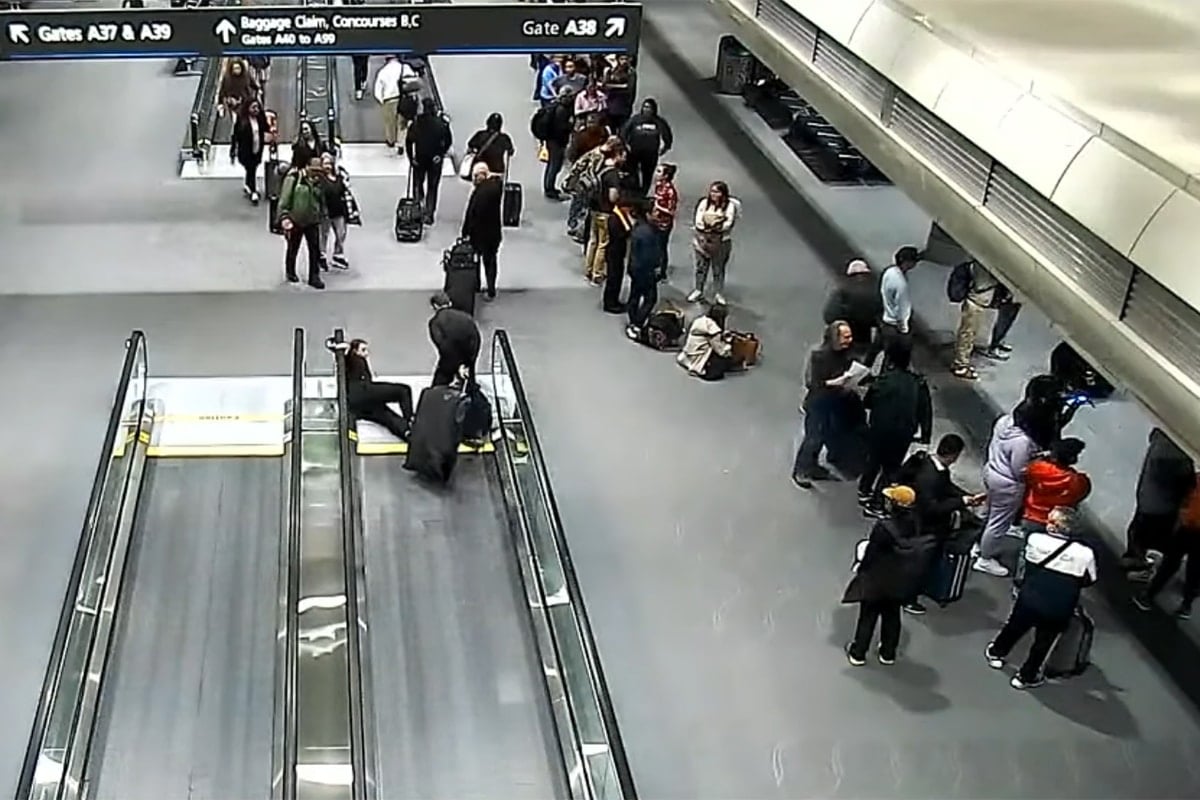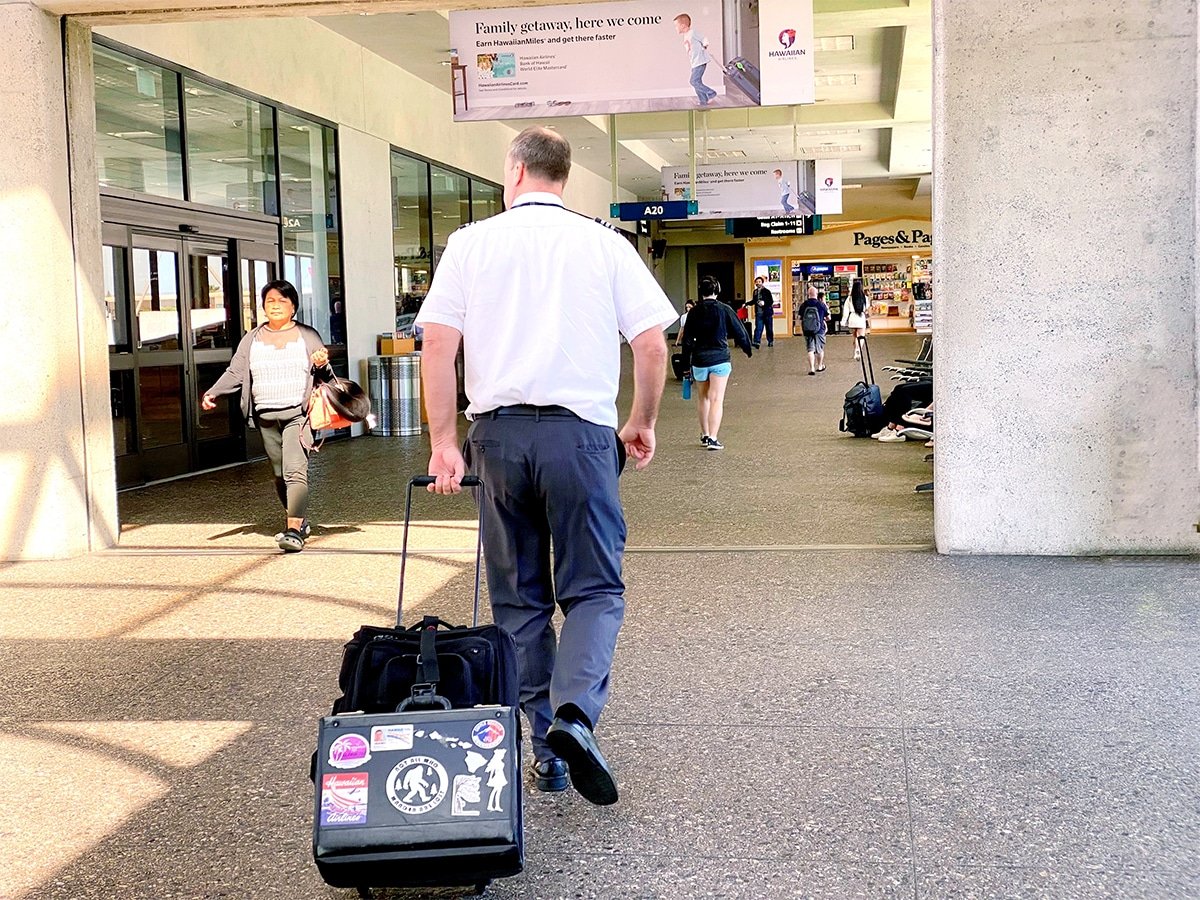
In our Ask a Pilot series, pilot Spencer Marker answers one of your aviation-related questions each week. See past installments here and submit your own to Whitney@johnnyjet.com.
The big travel news over the weekend was Saturday’s United Airlines incident of the 777 with Pratt & Whitney PW4000 engines that shredded debris over several Denver neighborhoods. Thank God no one was hurt but it’s not the first time these PW engines have had this kind of trouble, which is why the airlines operating them are now grounding the planes. If you read my post highlighting the viral social media posts from the United flight, then you may have heard the pilot’s calm and cool Mayday call. He used the word “heavy” and a lot of people Googled it to find out what that means. In our Ask a Pilot column, penned by pilot Spencer Marker, he answered the question here:
The question
Hey Spencer. I when I listen to ATC online, I hear airplanes use the word “Heavy” at the end of their call sign. What does that mean?
—Dean
The answer
Hey Dean, thanks for writing in for this week’s Ask a Pilot. Radio communications are vital to navigating the air space in the US and I love that you listen to how pilots and controllers talk to one another. It is fast-paced with a lingo that can generally only be understood by those working in the industry. That being said, the word “Heavy” with a call sign is used to let ATC know that your airplane is big and that they need to give extra room to any flights following you to the runway.
ATC radio communications
During a flight, the pilot of a commercial airliner will communicate with air traffic control countless times to change altitudes, change headings or any other number of things. The controller, looking at their radar screen, will approve or deny any flight crew requests. During normal ATC communications, both the controller and the pilot will refer to their flight using the airline’s “Call sign” (how different airline’s flights identify themselves) and their flight numbers. This number isn’t always the one printed on your ticket.
Sometimes an airline’s call sign is obvious. Delta Air Lines uses “Delta” to identify itself, American Airlines uses “American.” Other times, an airline will use something other than its name to identify itself on the radio. Virgin America, for example, uses the call sign “Redwood” and Ireland’s Aer Lingus uses my favorite call sign: “Shamrock.”
Identifiers may also be included in the flight’s call sign to help controllers more easily identify special issues with specific flights. For instance, flights containing lifesaving medical materials or donor organs to a recipient patient add the word Medevac. A flight containing these materials might call themselves “American 123 Medevac.” This lets ATC know that the flight requires priority handling to get to its destination with minimal delay.
So when an airplane uses the term “Heavy,” it’s simply providing ATC more information about the nature of its flight. In this case, and rather unsurprisingly, it has to do with the weight of the airplane.
What does “Heavy” really mean?
The FAA requires any aircraft with a maximum takeoff weight in excess of 300,000lbs to use the term “heavy.” This includes Boeing 747, 767, 777, and 787 aircraft. Airbus A300, A310, A330, A340, and A350 aircraft must also use this term. When the gigantic A380 was introduced, the FAA created its own category for the aircraft: “super.”
So why add special designations based on weight? The reason has to do with wake turbulence. I touched on the concept briefly in a previous article. Wake turbulence is a vortex of wind (shaped like a mini tornado) that emanates from an aircrafts wingtip as it flies. This swirling column of wind is most prevalent on takeoff and landing and its effect is greater the more an aircraft weighs.
The hazard of wake turbulence is that smaller aircraft can get caught in the vortex, causing a momentary loss of control. So the FAA instructs controllers to build in distance between a large aircraft and the jet following it, allowing these vortices to dissipate. This is where the “heavy” and “super” call signs come into play. When a pilot uses the phrase “heavy,” he is reminding ATC that his aircraft is large and requires more separation between it and the aircraft following.
To sum up
Thanks for asking such a unique question, Dean. Pilot-to-controller communications are something that everyday passengers rarely get the chance to listen in on, but totally should! Communications are concise, fast-paced and somewhat hard to decipher to the untrained ear. By using the word “heavy,” pilots and controllers are both acknowledging the special issues that flying a large aircraft brings. And by allowing more room between these big jets and smaller jets following, everyone in the sky enjoys a safe and comfortable journey.
To listen in on live ATC communications at airports all across the country, visit my friends at liveatc.net!
If anyone has a burning aviation question or something you would like cleared up, drop us a line at Whitney@johnnyjet.com to get your question featured in an upcoming Ask a Pilot column.
Tailwinds,
—Spencer








Whats are the wheels for on a air-plane and why isn’t it called a wheel plane?
Sorry have your answer. A great one I might add. ?
CUTE, HANDSOME PILOT………………….WHAT AIRLINE??
;-)
I’m not allowed to tell but it’s in the USA and he’s married
I haven’t heard anyone give credit to the pilot for awesome performance. Like Sully landing in New York.
I’ve heard many people and I put a line in their too. He was calm, cool and collective.